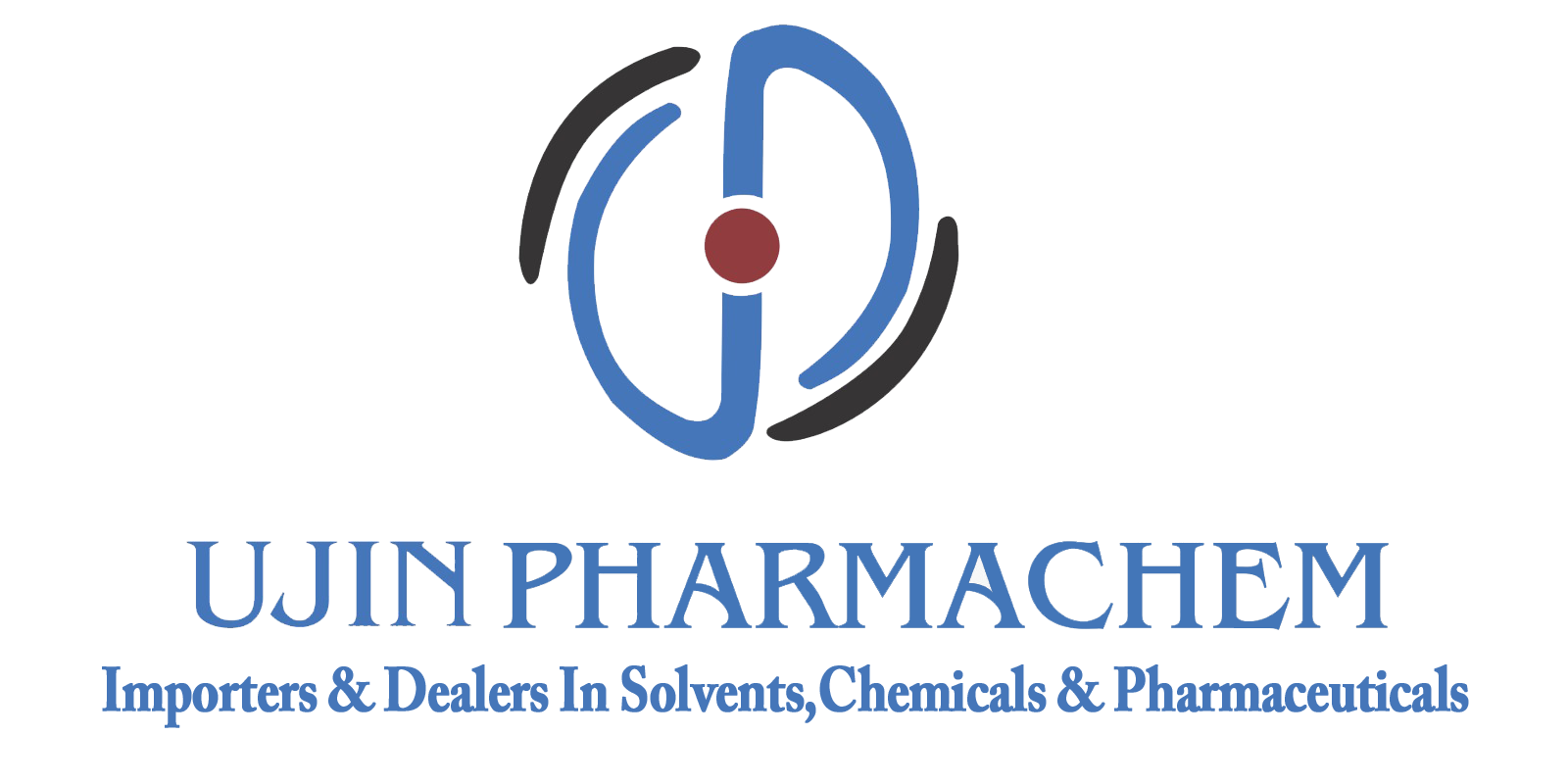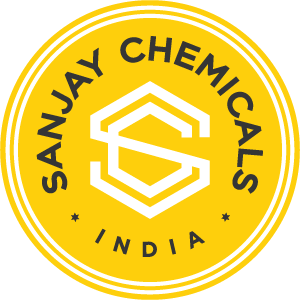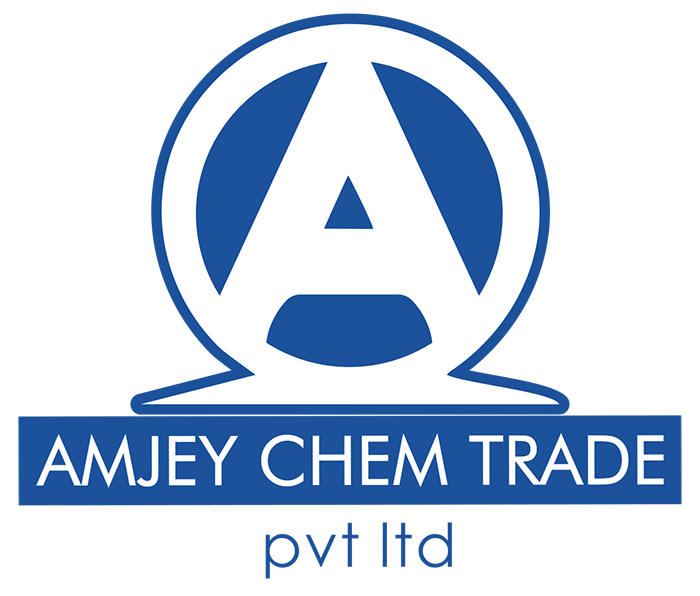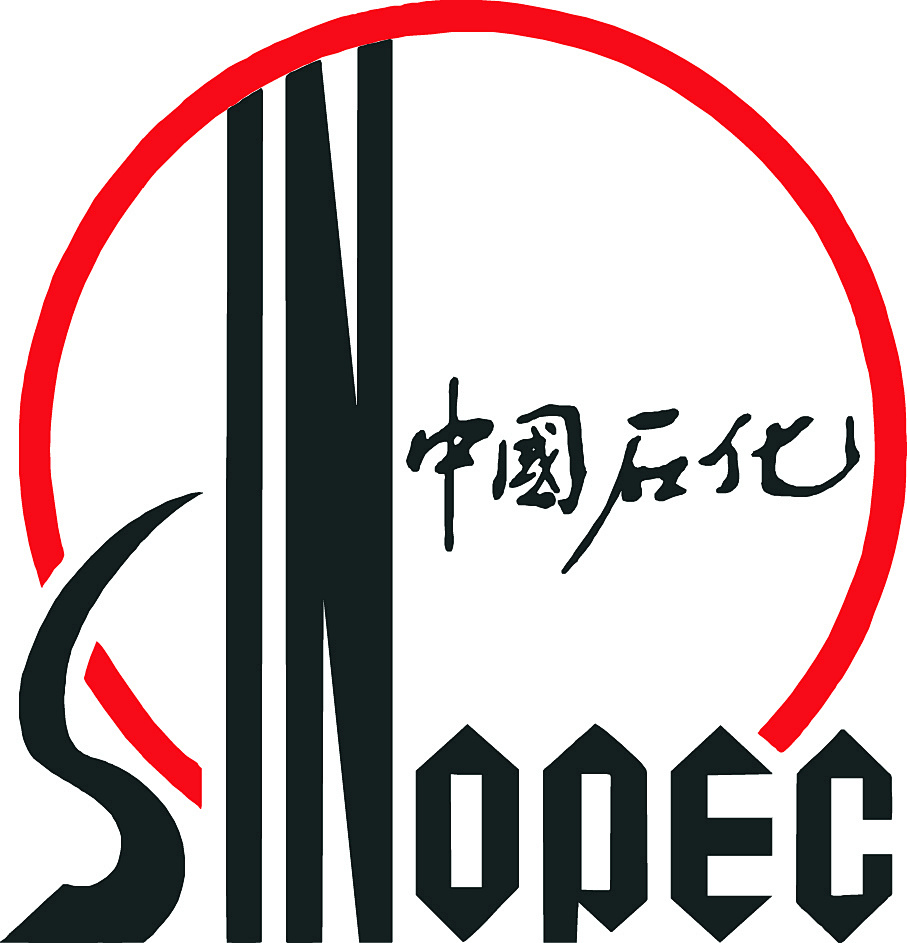
CHARACTER
aniline, chemical formula C6H7N, is a colorless oily liquid with a strong special odor and 93.13 molecular weight. It is an important chemical raw material and intermediate, widely used in dyes, pesticides, pharmaceuticals, rubber additives, spices and explosives and other fields. Aniline is used in the dye industry to produce azo dyes and sulfur dyes; in the pesticide industry, it is the raw material for the production of herbicides and pesticides; in the pharmaceutical industry, aniline is used to synthesize a variety of drugs, such as sulfonamides. In addition, aniline is also used in the production of rubber additives to improve the anti-aging properties of rubber, and is also one of the raw materials for the manufacture of spices and explosives. As a multifunctional chemical raw material, aniline plays an important role in the national economy.

APPLICATIONS
(1) Important raw materials for the dye industry: Aniline plays a vital role in the dye industry and is a key raw material for the synthesis of indigo dyes and other azo dyes. These dyes are widely used to color textiles, leather and paper, adding a rich color to our lives.
(2) intermediates in the pharmaceutical industry: aniline is an important intermediate for many drugs, such as paracetamol, sulfonamides and some anticancer drugs. The synthesis of these drugs is inseparable from the participation of aniline, which is of great significance to the protection of human health.
(3) Production of rubber auxiliaries and antioxidants: Aniline is also an important raw material for the manufacture of rubber auxiliaries, antioxidants and stabilizers. In the rubber industry, aniline can be used to produce antioxidants, antiozonants, vulcanizing agents, accelerators and other rubber additives, helping to improve the performance and service life of rubber products.
(4) Production of pesticides and herbicides: Aniline also plays an important role in the production of pesticides and herbicides. It can be used to synthesize a variety of pesticides, fungicides and herbicides, such as dichlorvos, weed ether, etc., which provides strong support for agricultural production.
(5) Manufacture of polyurethane foam: Aniline can also be used to manufacture polyurethane foam. This material has a wide range of applications in the fields of construction, automobiles and furniture. Polyurethane foam has good thermal insulation, sound insulation and seismic performance, which helps to improve the comfort and safety of the product.

ABILITIES
1. Packing: barreled, scattered water
2. Logistics: car transportation, shipping
3. Payment request: EXW/FOB/FCA/CFR only accepted
![]() +086 1911-7288-062 [ CN ]
+086 1911-7288-062 [ CN ]
![]() +852 97481178 [ HK ]
+852 97481178 [ HK ]


































































































